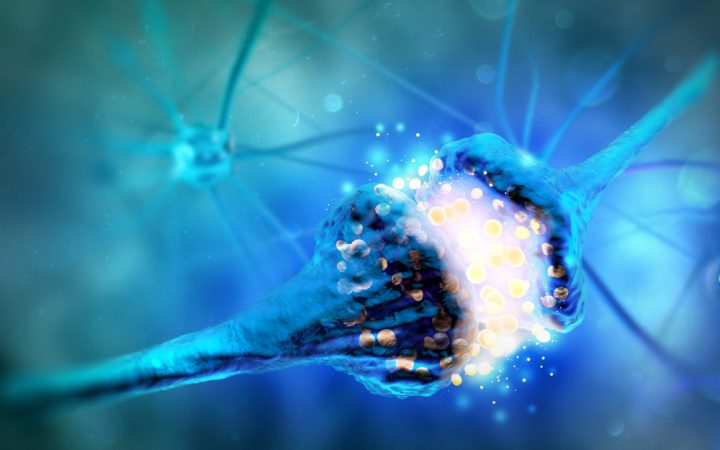Anticonvulsant Potiga Lowers Motor Neuron Excitability in ALS Patients, Phase 2 Trial Shows

Treatment with the anticonvulsant Potiga (ezogabine) lessened abnormal motor neuron excitability, or responsiveness, in patients with amyotrophic lateral sclerosis (ALS), according to top-line results of a Phase 2 clinical trial.
Findings were presented at the recent 29th International Symposium on ALS/ Motor Neurone Disease in Glasgow, Scotland, by Brian Wainger, MD, PhD, of the Healey Center for ALS at Massachusetts General Hospital (MGH).
Potiga was developed by GlaxoSmithKline and Valeant Pharmaceuticals (now Bausch Health) as an add-on therapy for partial-onset seizures, but was withdrawn from all markets for commercial reasons in 2017. It was sold under the name Trobalt (retigabine) in Europe.
The therapy reduces abnormal electrical activity in the brain by activating, or opening, the Kv7 or KCNQ family of voltage-gated potassium channels in cell membranes.
ALS is characterized by the progressive death of motor neurons — specialized cells that control muscle contractions — in the brain and spinal cord. Because abnormal excitability, or hyperexcitability, of motor neurons may be important is ALS, the team evaluated whether Potiga shows potential as a therapeutic strategy for these patients.
The recently completed trial (NCT02450552) included 65 people with ALS. It was conducted by investigators from the MGH Neurological Clinical Research Institute (NCRI) at sites of the Northeast ALS Consortium, a collaboration of researchers focused on ALS and other motor neuron diseases.
Transcranial magnetic stimulation, a noninvasive procedure that uses magnetic fields to stimulate nerve cells in the brain, and threshold tracking studies — which assess excitability — were conducted to measure Potiga’s effects on upper and lower motor neurons.
Treatment with Potiga reduced motor neuron excitability, which was the study’s primary goal. The trial — supported by the The ALS Association, GlaxoSmithKline, the Harvard Stem Cell Institute (HSCI), and the MGH NCRI — was not designed to assess clinical outcomes.
“This novel study provides us with a better understanding of neuron hyperexcitability, an important ALS disease pathway, and we are thrilled to be a part of such a powerful collaborative team,” Calaneet Balas, The ALS Association’s president and CEO, said in a press release.
Before the start of the trial, preclinical experiments in human induced pluripotent stem cells (iPSCs) — developed by reprogramming cells collected from adults so that they revert to an embryonic-like state able to grow into all cell types — were performed at Boston Children’s Hospital and Harvard University, supported by The ALS Association, HSCI, the National Institute of Neurological Disorders and Stroke, the New York Stem Cell Foundation, and the Target ALS consortium.
“This is the first clinical trial for ALS that was designed using data based on an iPSC model of ALS and was possible in part due to the availability of a biomarker in people living with disease that measures excitability of motor neurons.” said Lucie Bruijn, PhD, chief scientist of The ALS Association.






